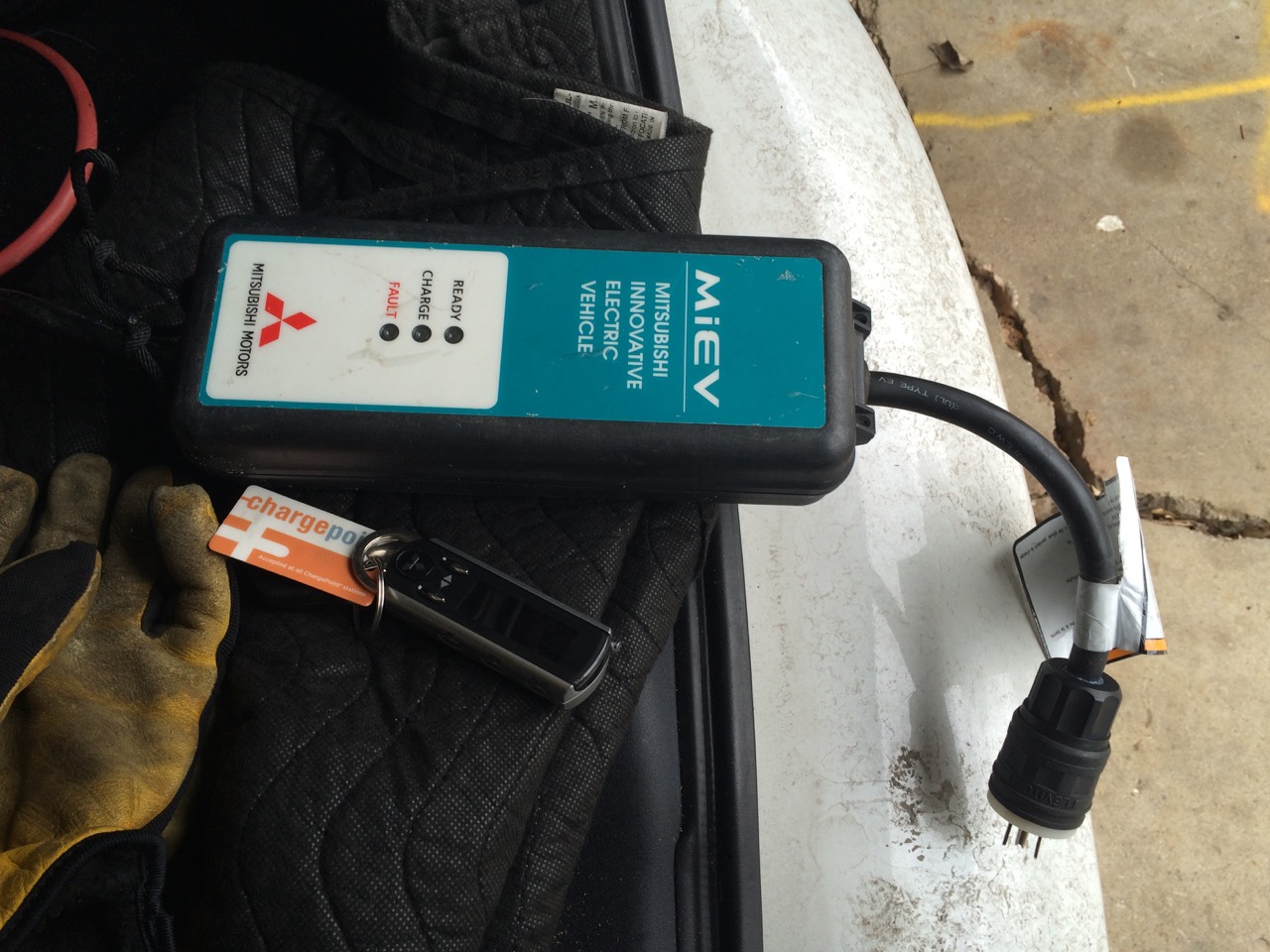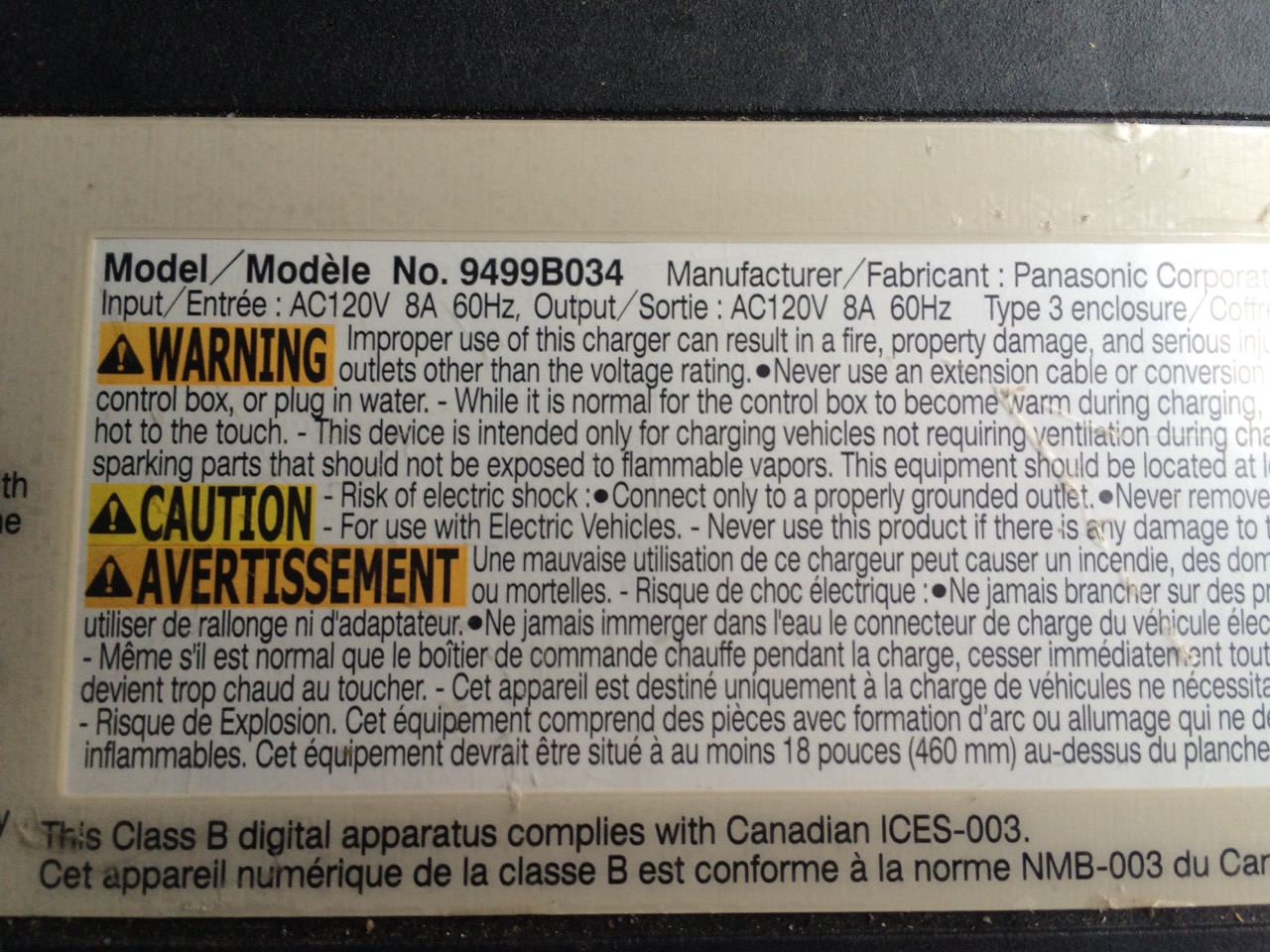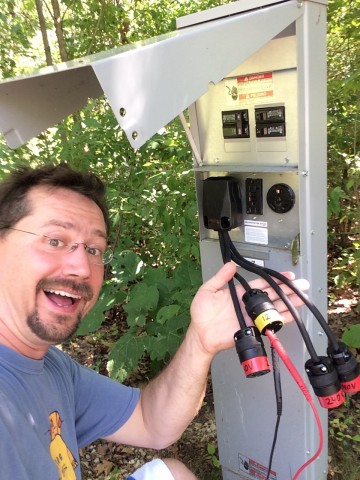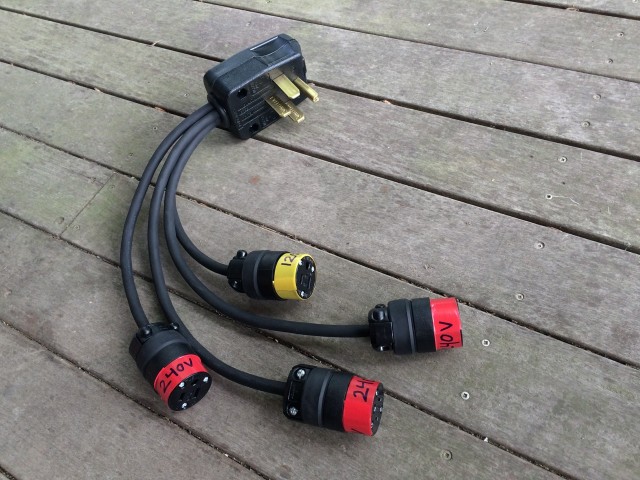Hi everyone.
I have a question about the stock Level 1 charger, and I think this is the thread to ask it. In fact, I'm shocked that nobody else hasn't asked it yet.
Can you plug the stock Level 1 charger straight into a 240V outlet?
For the EVSE Upgrade, it gives you the option of increasing the the current of the charge, being able to run it on 12/240, and they put a plug on the end appropriate for a North American 240V twist lock connector. You can still use 120V, but you have to use a physical adapter.
So, what I am wondering is WHAT STOPS ME FROM GOING STRAIGHT TO 240V
WITHOUT DOING THIS UPGRADE?
It seems to me that the upgrade is really a software solution, and then they physically put on a different plug on the end. In Europe and many other places, 240V is the standard used for household wiring. In the United States, we use 120V for household use and 240V for industry. Because so many devices are sold internationally, a large amount of electrics now are designed to run on EITHER 120V OR 240V, so one version can be sold anywhere. In fact, they are actually designed to run on a RANGE of voltage, usually something like 100-240V AC. They will also run on either 50 or 60 Hz, as those are the two different standard AC frequencies around the world. I can't imagine an international car company making a device that ONLY runs on 120V/60Hz.
HAS ANYONE SIMPLY PLUGGED IN THE CHARGER TO A 240V OUTLET?
I'd be willing to walk out to my garage right now to do that, except that it specifically says 120V on my charger. Nearly always, there's some fine print somewhere if a device can run on a range of voltages, and I didn't see that listed. The only reason that I can think of why the charger COULDN'T take 240V is if it used a transformer inside. But based on the weight, size, and shape of cord, it clearly doesn't use a transformer. I am not familiar enough with switching power supplies to know if there is any reason or not that they COULDN'T be used with 240V.
Would somebody kindly weigh in on this?
Just for the record, here's a photo of what it actually says on my Level 1 EVSE.




